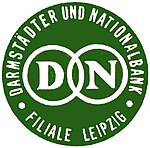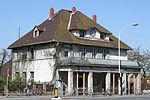Athene (research center)
ATHENE, formerly Center for Research in Security and Privacy (CRISP), is the national research center for IT security and privacy in Germany and the largest research center for IT security in Europe. The research center is located in Darmstadt and deals with key issues of IT security in the digitization of government, business and society. ATHENE established a new research area in IT security research, the IT security of large systems, which is the focus of its research. Up to now, isolated aspects such as individual protocols or encryption methods have mostly been investigated. Research into the IT security of large systems should lead to a measurable increase in IT security. The research spectrum ranges from basic research to application.Director of ATHENE is Michael Waidner.
Excerpt from the Wikipedia article Athene (research center) (License: CC BY-SA 3.0, Authors).Athene (research center)
Rheinstraße, Darmstadt Darmstadt-West (Darmstadt-West)
Geographical coordinates (GPS) Address Nearby Places Show on map
Geographical coordinates (GPS)
| Latitude | Longitude |
|---|---|
| N 49.8713934 ° | E 8.636106 ° |
Address
Rheinstraße
64295 Darmstadt, Darmstadt-West (Darmstadt-West)
Hesse, Germany
Open on Google Maps











